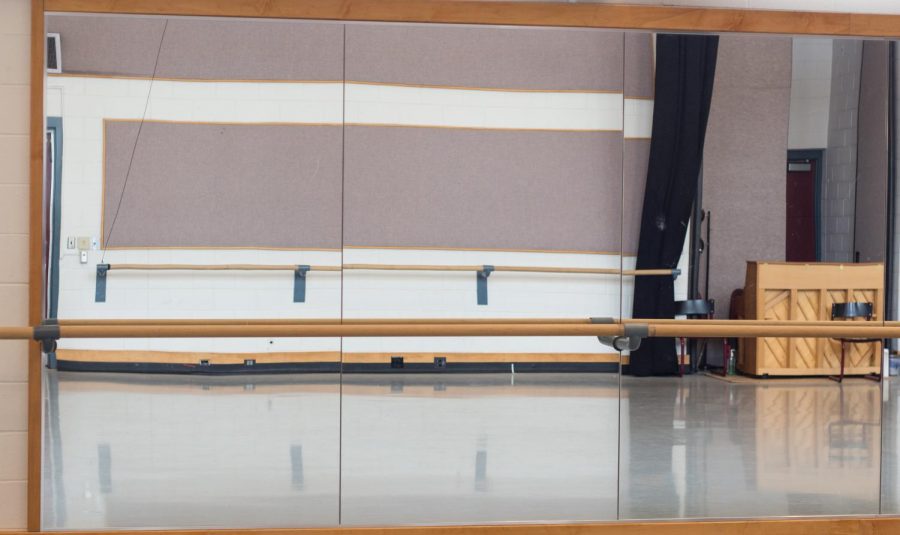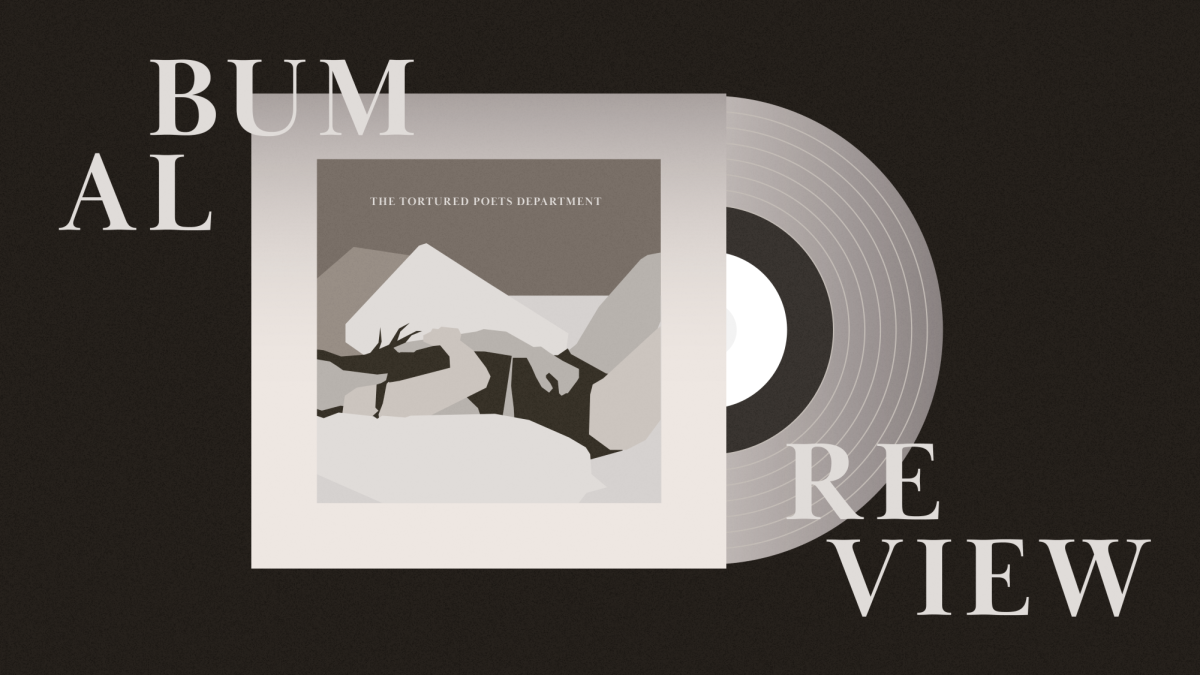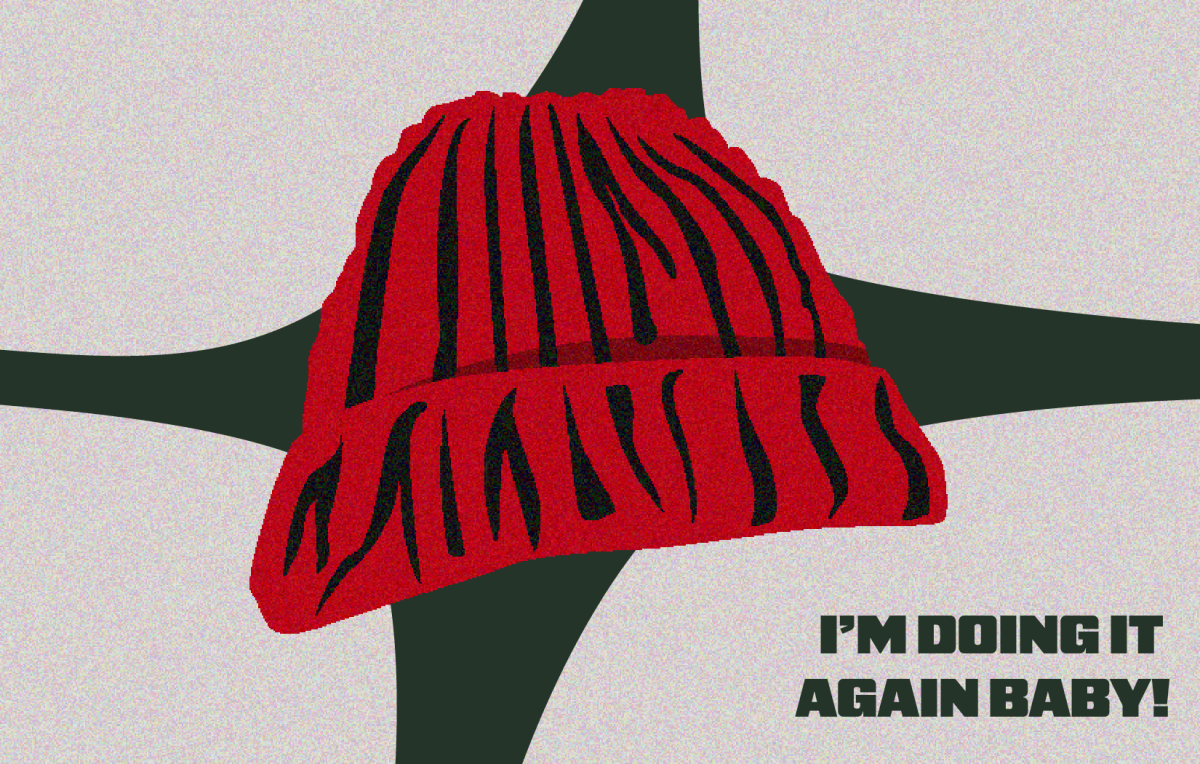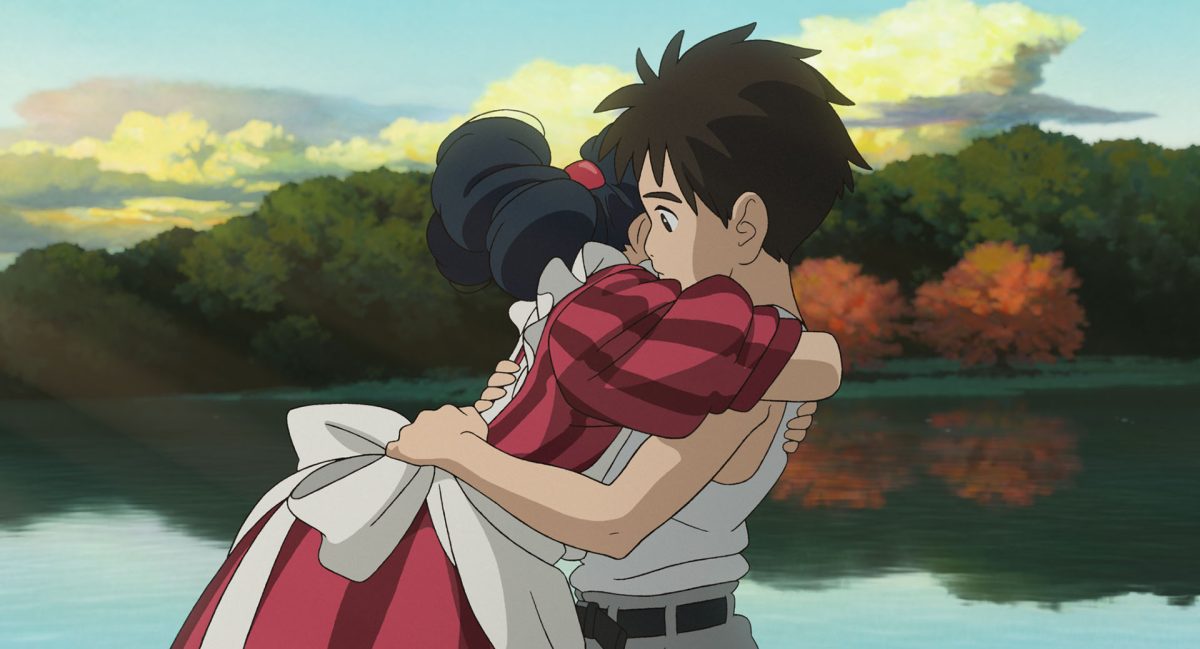Fine Arts Students Get Creative Amidst Online Class Shift
April 12, 2020
The change to online classes is an unexpected and challenging experience for professors and students alike. Some classes were transferred to discussion boards and more essays, however, classes in the College of Fine Arts at the University of Utah have had to be a little more creative in this transition.
Kelby McIntyre-Martinez, Assistant Dean for arts education & community engagement, said the students in the Master of Arts in Teaching with an emphasis in fine arts program have gotten creative with their final projects and research due April 13.
Laura Decker, one of the students in the program who teaches at a local charter school, hand-delivered clay to all of her students so they could complete their sculpture at home, and after, she will create a virtual gallery for them to be showcased.
Another student encouraged his friend’s children to get online and did a live webinar about his photography project about single-use plastics.
McIntyre-Martinez said that those in the program are most worried about their students, with some teaching in Title I schools where students might not have access to online instruction.
“The arts bring people together and the arts sometimes are the thing that brings students to school, so I think for my students in the MAT program, I think they are more anxious just about the children overall well being, and provide what the arts can do to us as humans,” she said.
“If any group of students can do this and can adapt it is the students in the fine arts, we are creative humans, we are creative problem solvers,” McIntyre-Martinez said.
James Bobick, a non-traditional student in the Music BFA and Music MMA programs, said the main stressor in the College of Fine Arts is many of the courses are in-person applied courses.
He said it is also hard for students to prepare themselves for the changes in courses where some professors may have to scrap their curriculum altogether and work with the different options and opportunities students have to access their classes and material.
“I believe an education more than anything else is based on the person seeking the education,” he said. “If you are a young a student and can go, ‘alright we’ve got a little bit of a paradigm shift here, but you know what, I can still get the information I want,’ you can go out and have, if not the same education, a better education.”
Bobick emphasized that now professors are sitting at their computers ready for students to ask a question and will be accessible to them if they just reach out.
Kayli Torres, a freshman in graphic design, is in a foundation ceramic class, which is only half a semester. The class met three times before they were moved online.
Torres said she isn’t really sure what they are going to do or if they will work with clay at all for the remainder of the semester.
She said the class focused more on working through ideas and emotions through clay than ceramic technique.
“I think we are going to be more successful in that sense but it’s still disappointing that we don’t really get to work or learn from him,” she said.
Aria Klein, a junior studying musical theater, is taking core dance, musical theater style dance, musical theater acting for juniors, auditions technique, private voice lessons and a performance demonstrations lab. For her online classes, her teachers have requested students to make a YouTube channel, and for dance classes, they will learn combinations and then post them on their channels.
For her acting classes, she will film her scenes and upload them, and for her auditions class, they are creating a YouTube playlist of them dancing, singing and acting to send to their casting directors. Additionally, she will have voice lessons and class discussions over Zoom, a video conferencing service.
Klein was also set to be apart of a student-written and directed production by Kimi Brown called Daddy Issues that had to be canceled.
“This was extremely sad because the hard work my peers and I put in will not be seen,” she said. “We are in school to learn how to be live performers and perform live so that’s hard when we can’t do that.”
With the summer shows being up in the air, Klein said she doesn’t know what will happen there but said that this is an opportunity for artists to work alone and develop new skills.
“The hard times fuel amazing art and passion, so I feel like even though things are different and changing, the process of adapting to new ways of learning and performing can be a fun creative challenge,” she said.
Kiersten Farley, a senior studying theater with an emphasis in stage management, is taking a stage management seminar and advanced stage management this semester. She said the classes have had to change their projects and training since moving online. Challenges come for students who now have to purchase materials that were previously available in class and not having people around to collaborate with.
“I am a very tactile learner, so I have to be able to grasp what I am learning, and I feel like online has a little bit of self-teaching involved in it,” Farley said.
Another student has created a “Self-Isolation Shakespeare” project for different people to come together to do readings of Shakespearean Plays, which gives students the chance to read new material and stage managers a chance to think outside the box.
“This is the first time I have been put in a self-isolating experience and I feel like it has helped me think of different ways to reinvent what a stage manager can do to help during an online production,” Farley said.
Susannah Mecham, a sophomore majoring in painting and drawing, is taking painting, live figure drawing and large metal sculpture. Instead of doing a bronze pour in her sculpture class, the professor is letting them send in images and small mock-ups and then make-up the pour next year. In figure drawing, they are doing self-portraits because they don’t have access to models.
Mecham said she would much rather have these classes in person as the lack of facilities and other resources makes some of these classes difficult. She also said she misses the interactions with classmates and watching them create.
To partially fill this void, Mecham created an Instagram page called @coronartcollective where students, artists and other members of the online community can share and view each other’s art.
“I hope that it can be a place for people to be inspired, receive positive feedback and find things to do,” she said.
Mecham said her heart goes out to all students and artists that have had exhibitions and other opportunities canceled.








